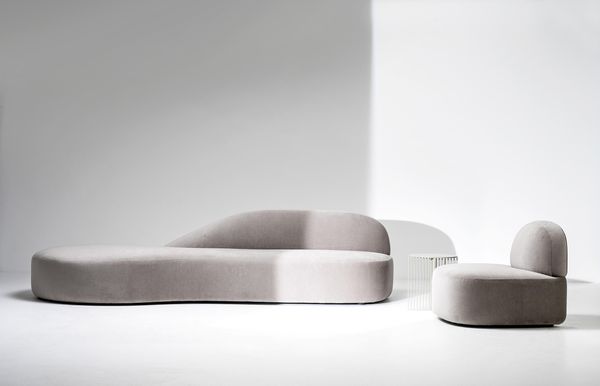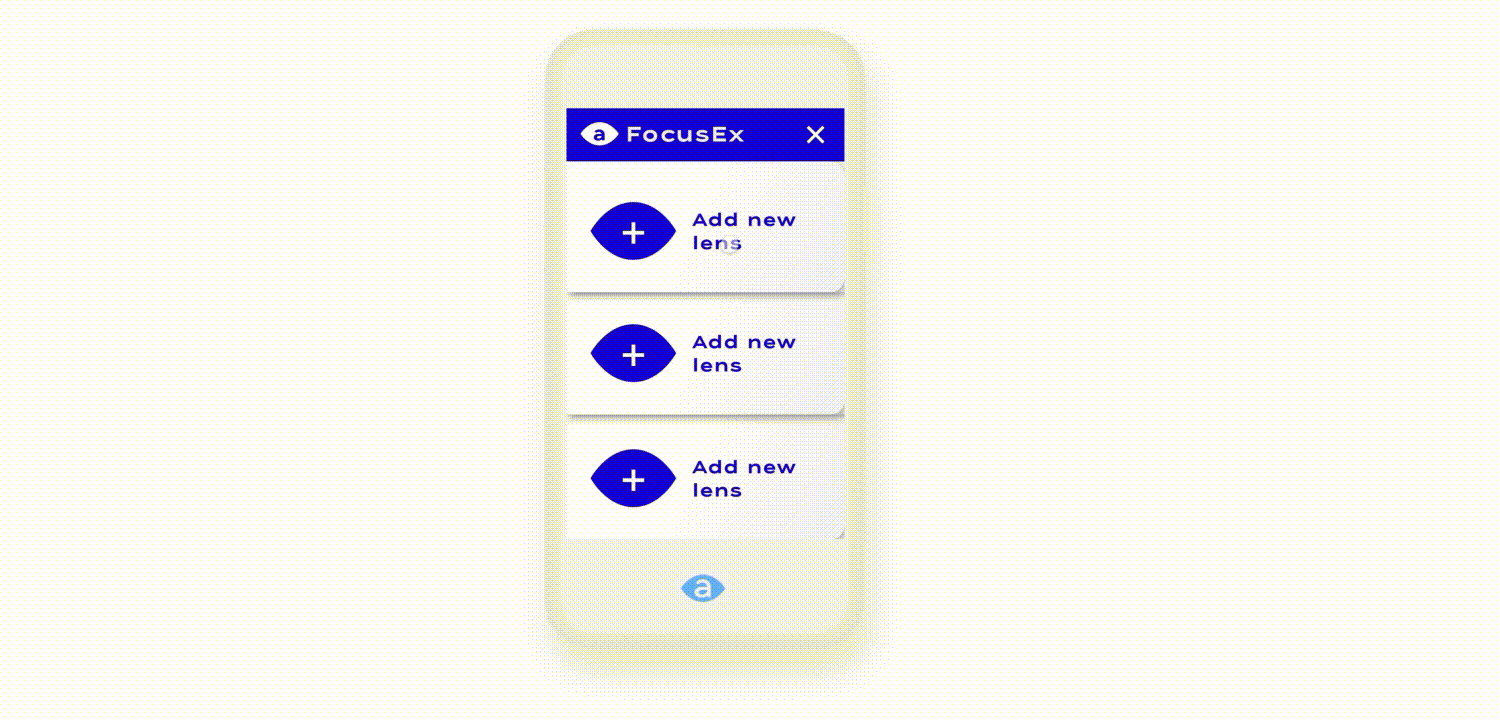Variable fonts that do not only fulfil an aesthetic role, but also have a functional importance: Szabolcs Vatány imagined a digital tool that makes online textual content accessible to people suffering from Attention Deficit Hyperactivity Disorder (ADHD) with the help of interactive typography, while enhancing the experience of digital reading. Meet Focus Ex!
Szabolcs Vatány’s interest in the field of graphic design started during his lyceum years, then he continued his studies in Oradea and later on in Budapest. Over the years, his works have become more and more characterized by his interest in type design and experimenting with typography. “Over the past years, graphic design and typography have not only become a field of interest to me, but a means of motivation and a part of my existence” – Szabolcs highlighted.
In acquiring his masters degree, he was once again driven by exploring the potentials of type design – or the possibilities of combining the generative and variable font technologies and the digital space, to be more accurate –, which was followed by lengthy research.
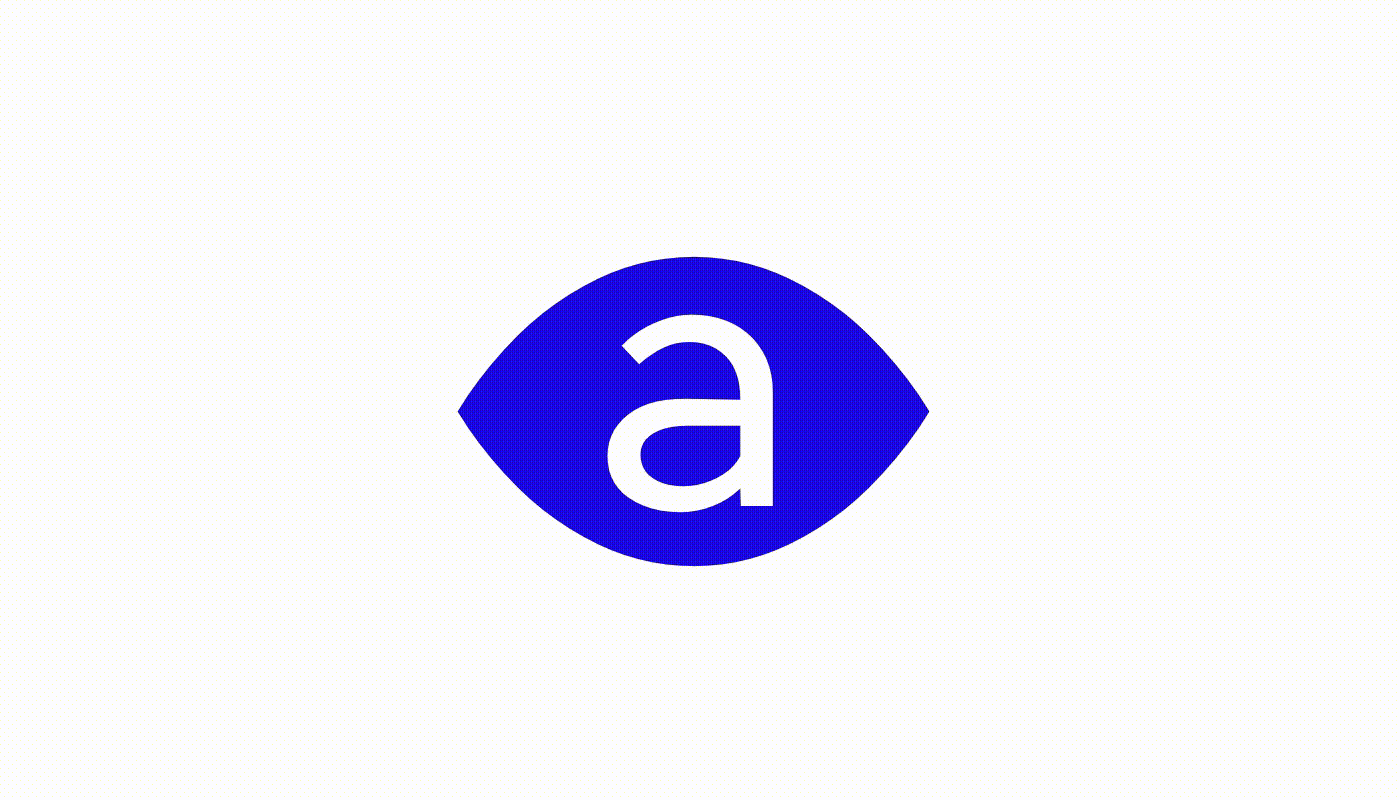

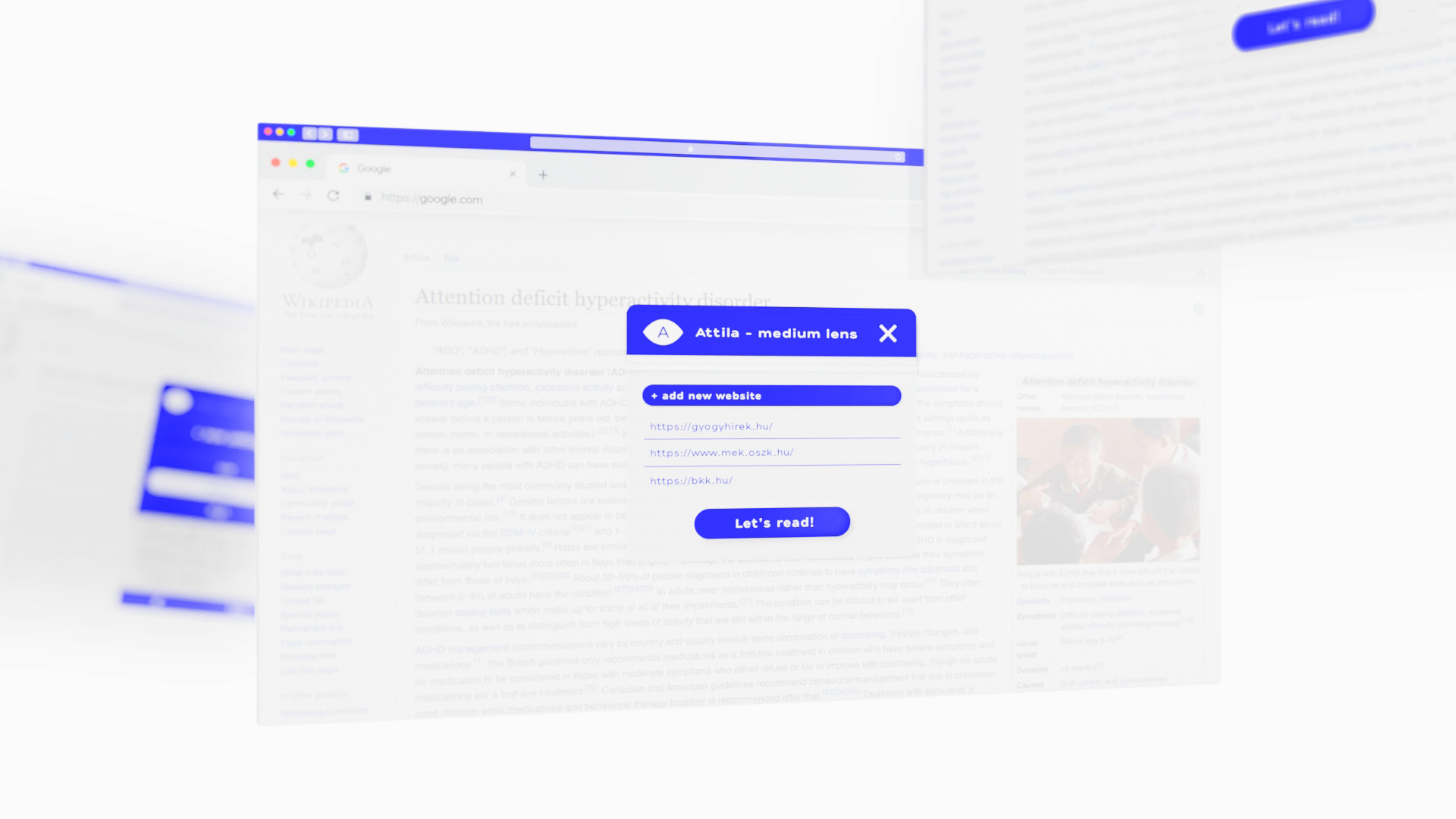
‘I started looking for a context for the typographic opportunities I learnt about. I was more and more intrigued by the accessibility of reading, its experience and the problems of people living with ADHD. I tried to reinforce my ideas from several sides: I consulted a psychologist, a neurologist and I also carried out questionnaires about the reading habits of people with ADHD. The idea of a tool facilitating digital reading for people with ADHD was conceived by combining the results. After the graphic design part and further documentation, the Focus Ex name and its detailed visual world also came into being” – Szabolcs told us.
And how does Focus Ex work? Focus Ex is a browser extension, tailored to the reading needs of people suffering from ADHD. In the case of people living with attention deficit, learning to read and the process of reading requires special stimuli – the variably moving letters are designed to ease this challenge.

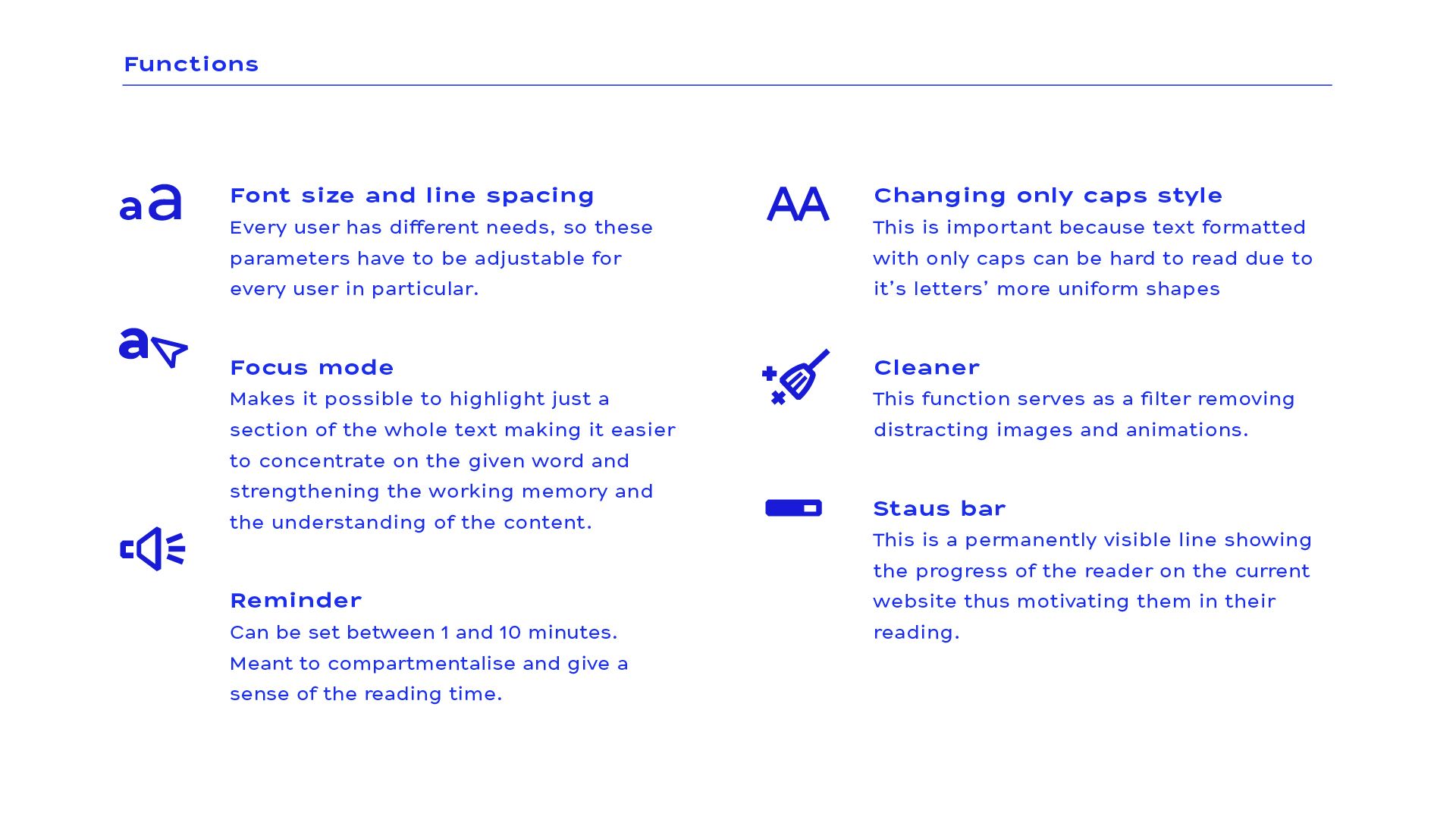
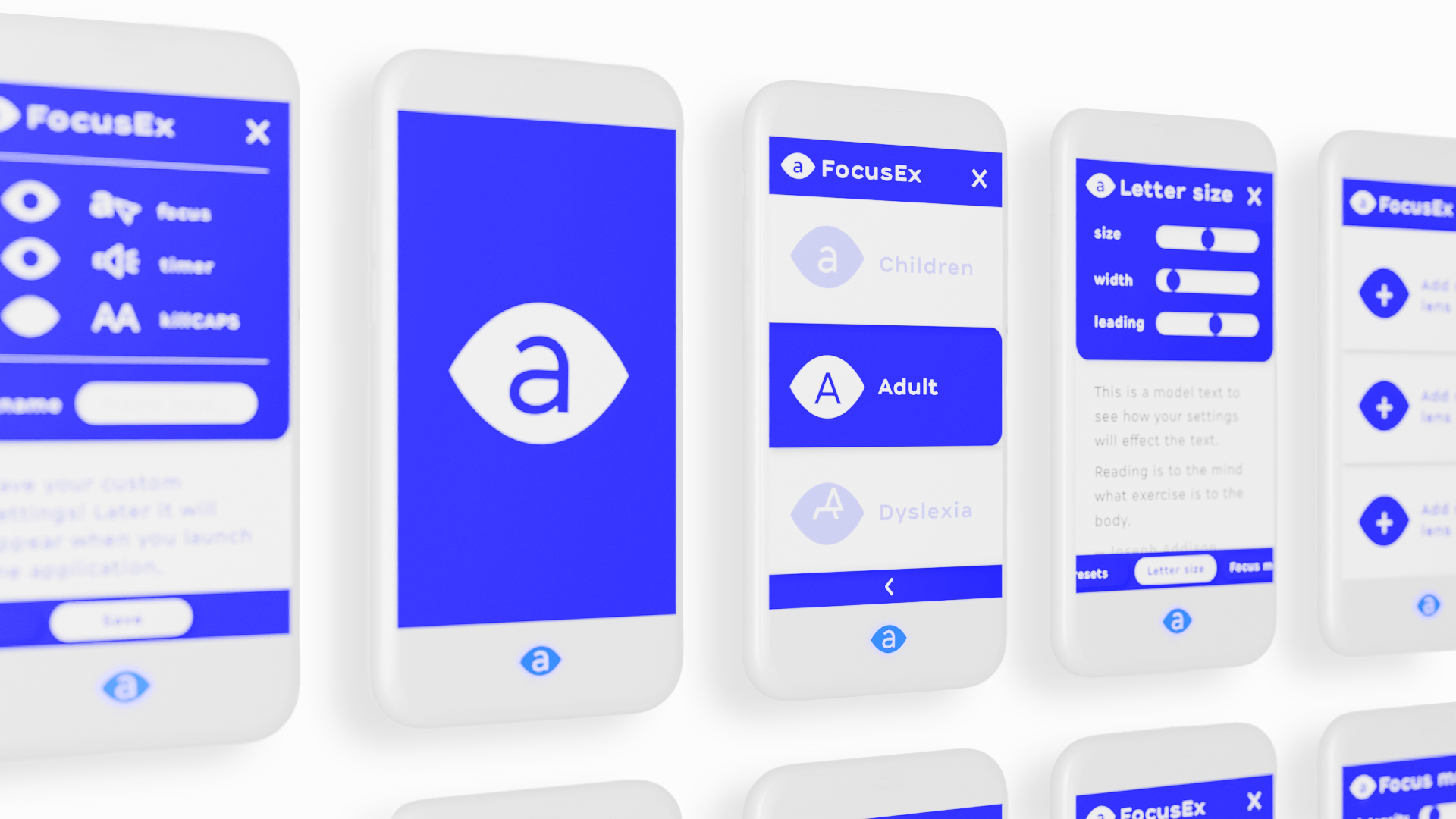
The extension received functions like the option of filtering out distracting content, breaking down the particular parts of texts into sections or highlighting them, thus helping the user to focus and understand the content they are reading. Another advantage of the tool is that it comes with a customizable typeface: the Focus Sans has fonts of several thickness, with the help of which the words selected can become interactive with a single click, and we can highlights them as if we were using a magnifying glass.
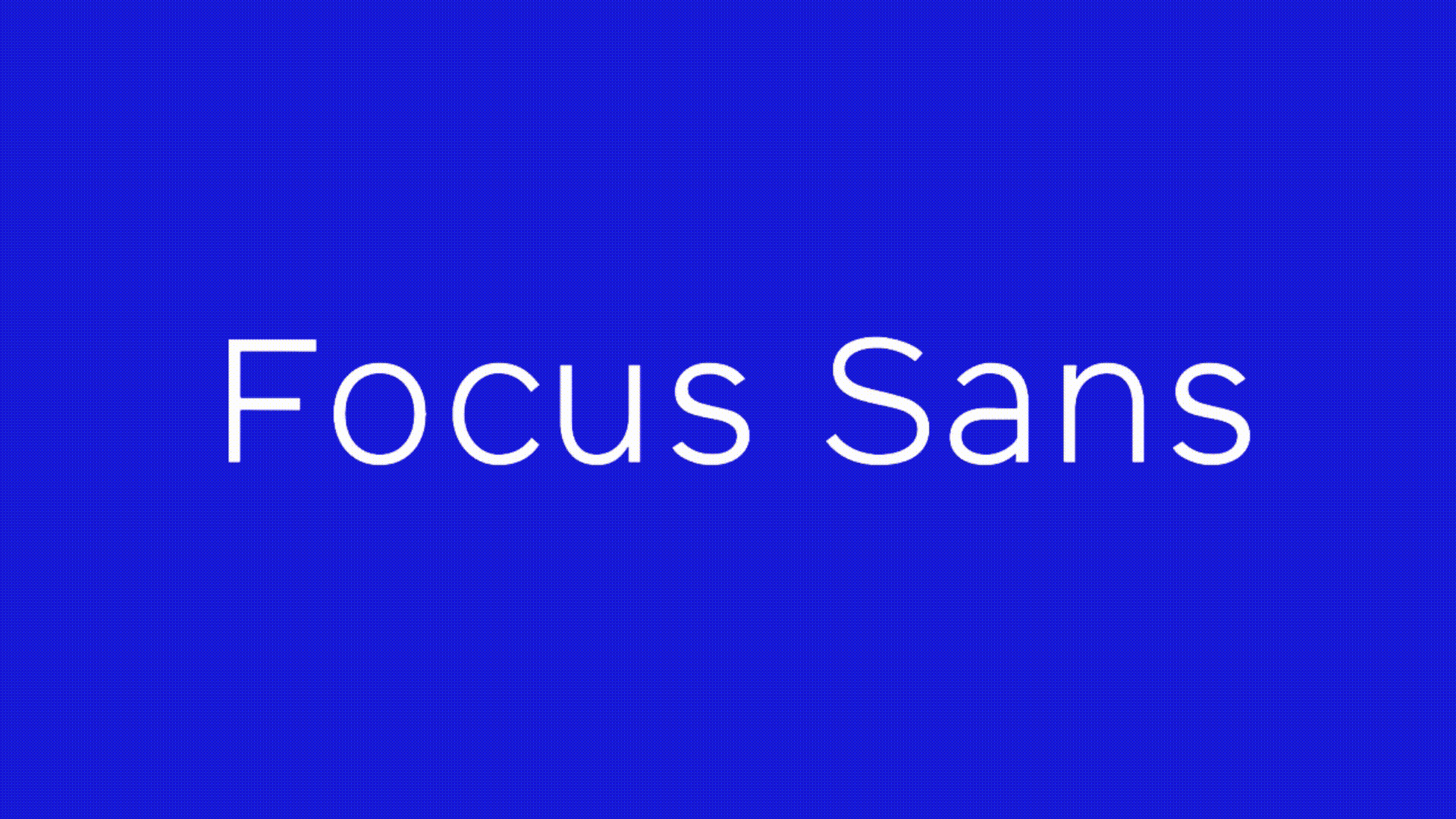
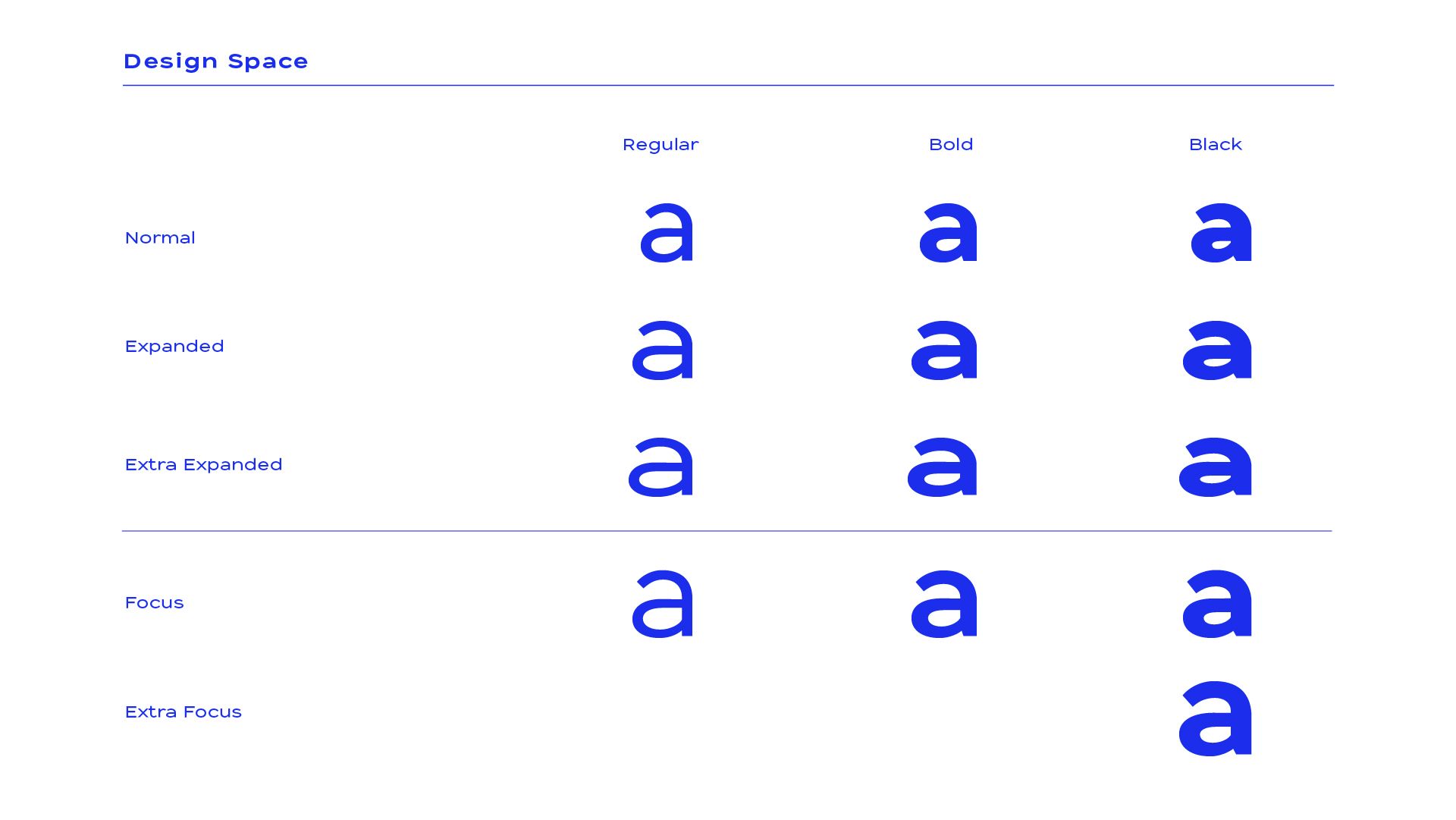
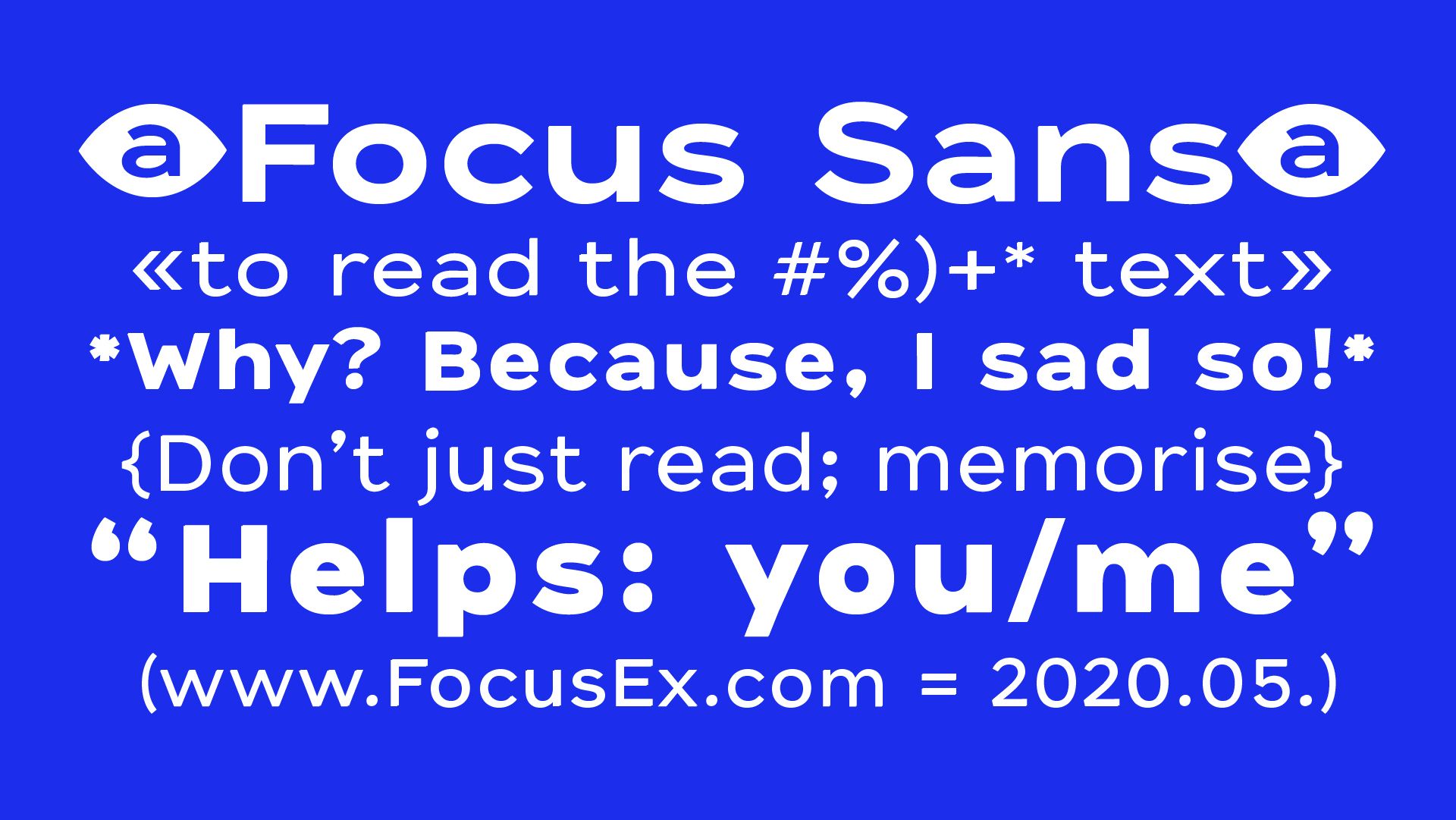
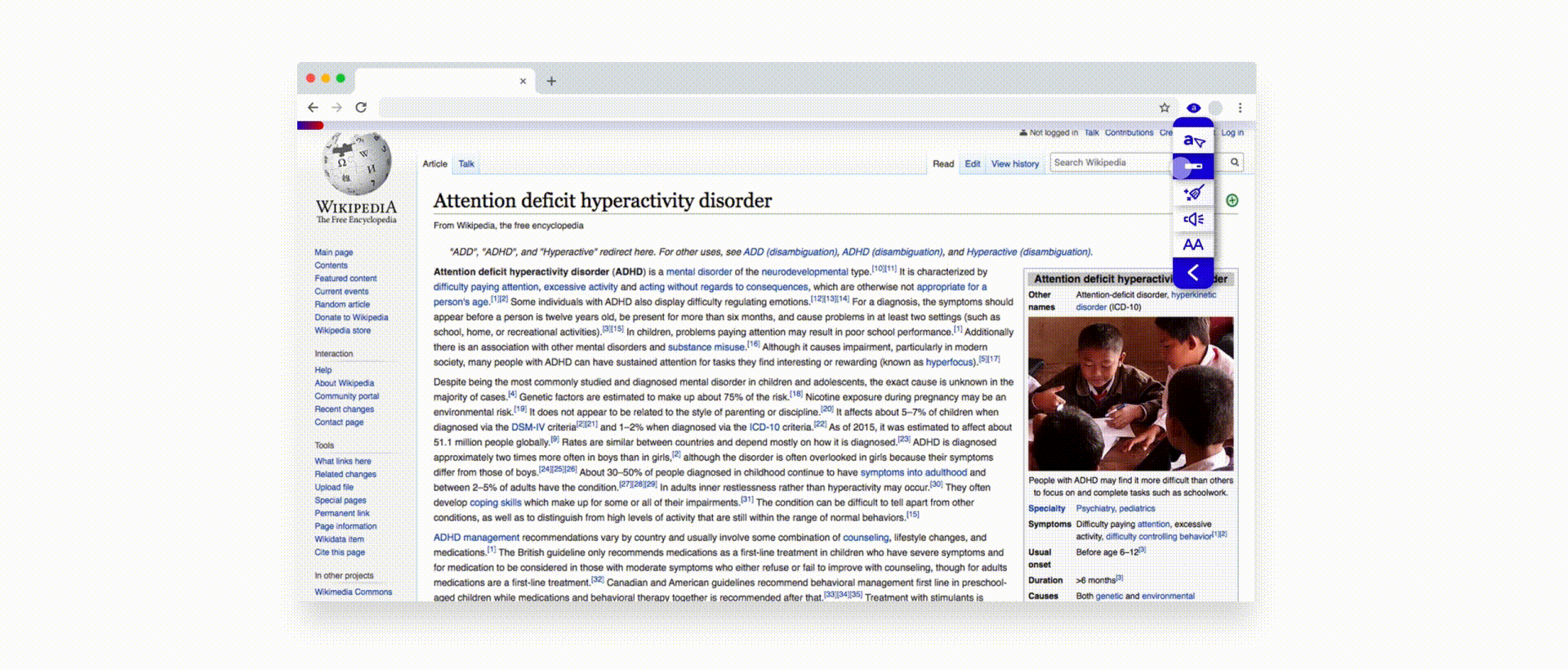
Szabolcs also added functions into his concept like the elimination of distracting visual and video content, changing distracting headlines set to all caps, as well as a reminder function, calling the user’s attention to the time spent reading.
“Until now, I didn’t have too many connections with the phenomenon of ADHD, but once I started to study the topic, it turned out about more and more people in my environment that they have been diagnosed with this disorder, and I also started to reveal its symptoms on myself. This line of thought also helped me not to create a fully new surface, but to make the details of a surface we all use more accessible and more easy to read – these are mainly the basic principles of universal design, which I also turned to during the design process” – Szabolcs explained.
The browser extension does not only follow the contemporary approach in terms of function, but in terms of visuality, too. Its elements following a simple style are dominated by the color blue, evoking the associations of reading and knowledge; its clean logo is an abstract letter „a” enclosed in the shape of an eye, summarizing the core of Focus Ex in a visual context.
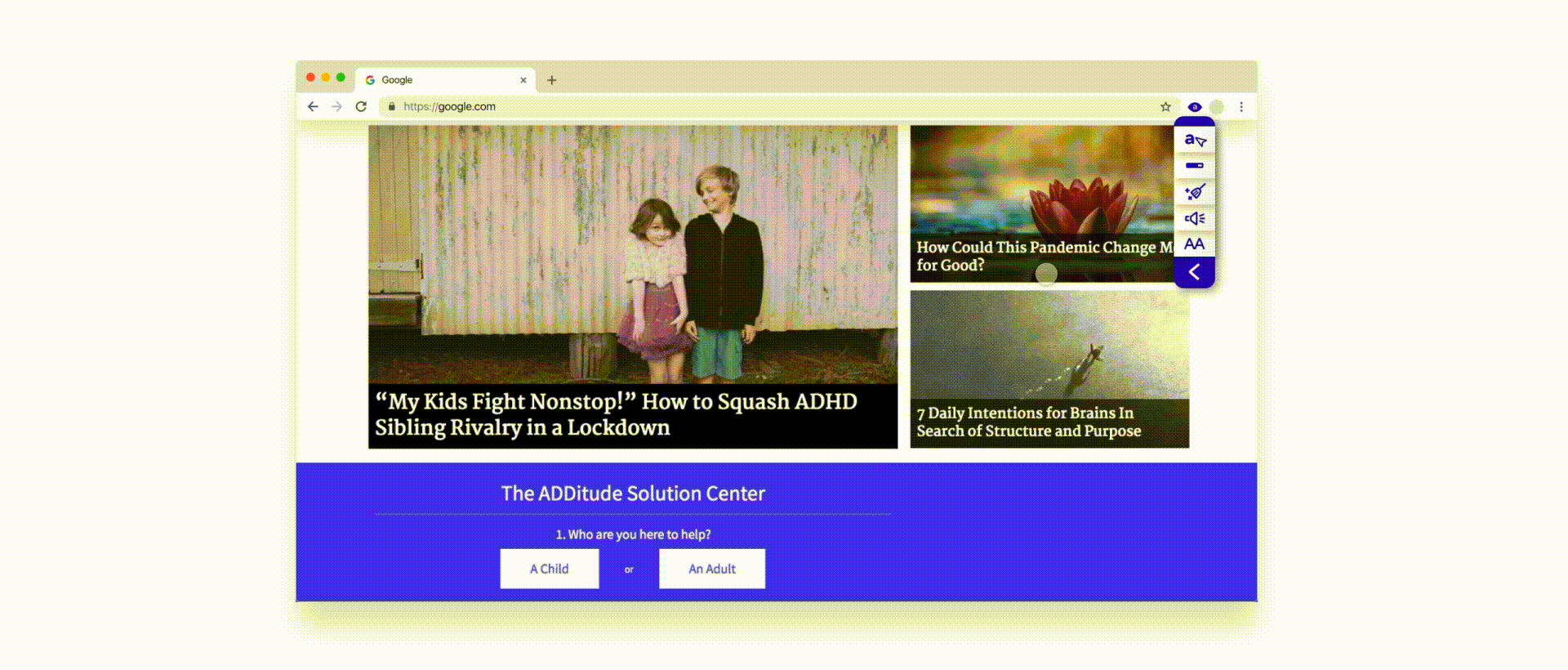
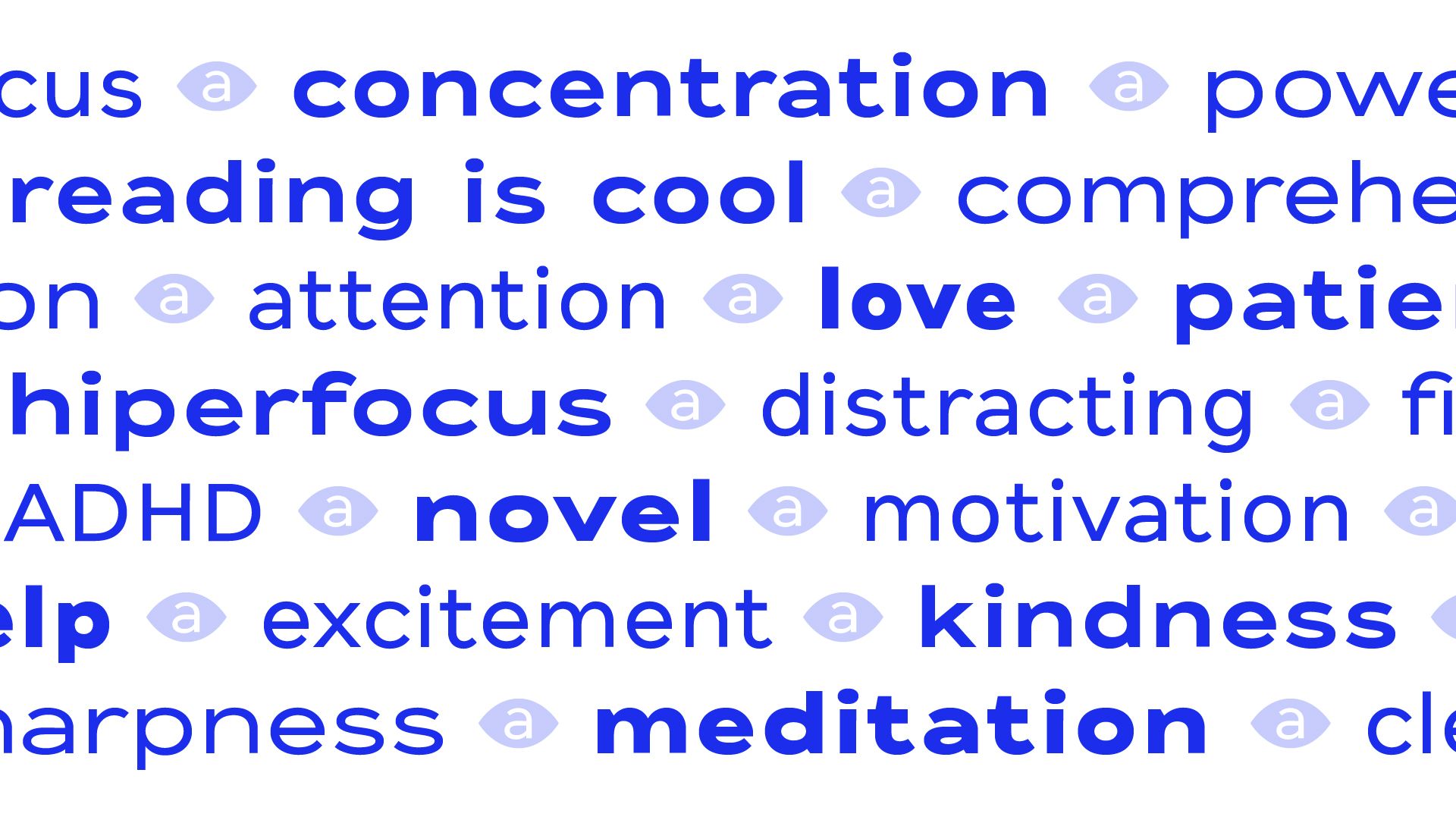

The FocusEx browser extension is currently only a concept, but it has already received many acknowledgements: it won the Hungarian Design Award in the category of Student project in 2020, and came in third in the ArtHungry Award in the category of Graphic Design. As the designer highlighted, future plans include “prototype development, testing, further alterations, and all this again several times, until the tool is ready for use.”
Szabolcs Vatány | Behance | Instagram
Focus Ex | Web
Our INCLUSIVE article series presents projects that raise awareness to the society-shaping role of design and that promote the social visibility of people with disabilities and their self-determination through the means of inclusive design.
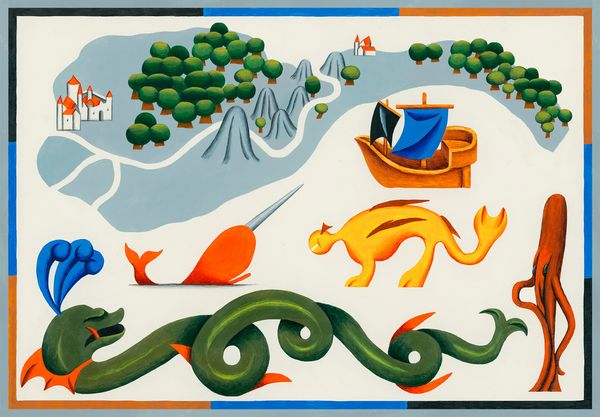
Holiday book review with spectacular visuals
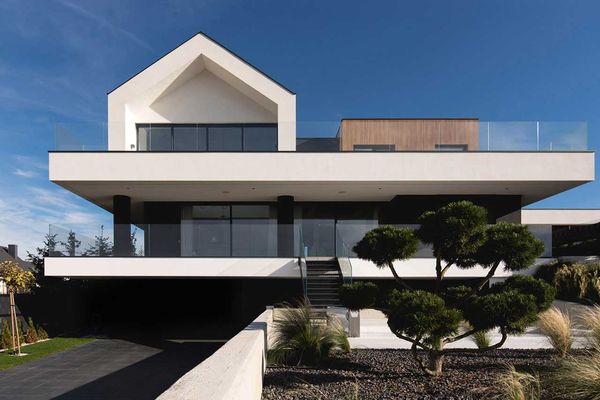
Polish family house built based on LEGO principles
